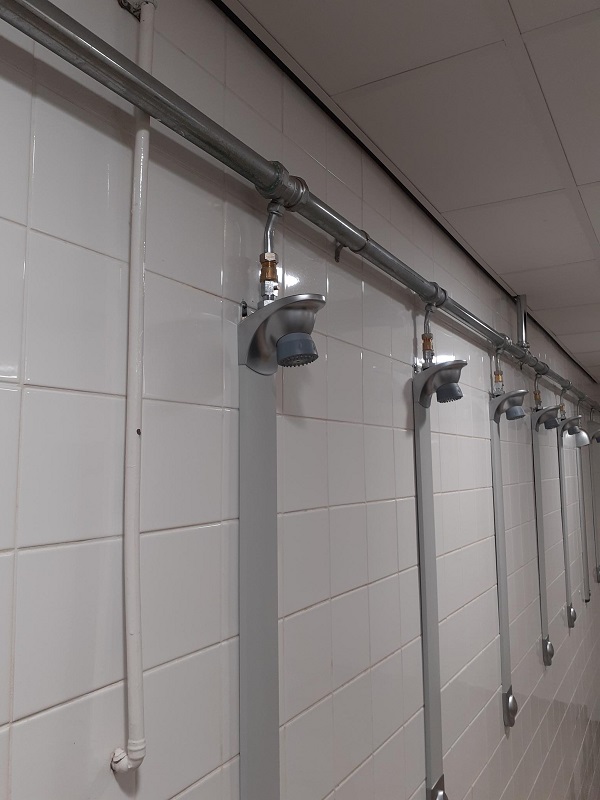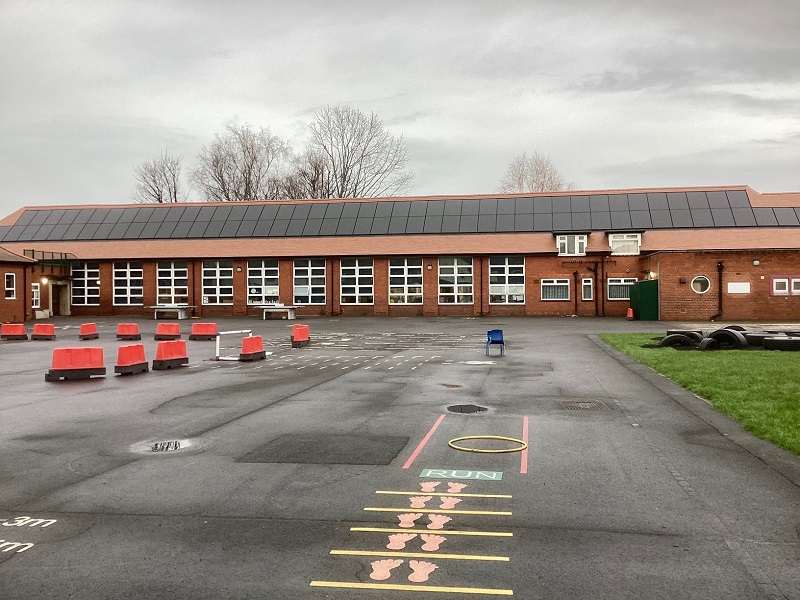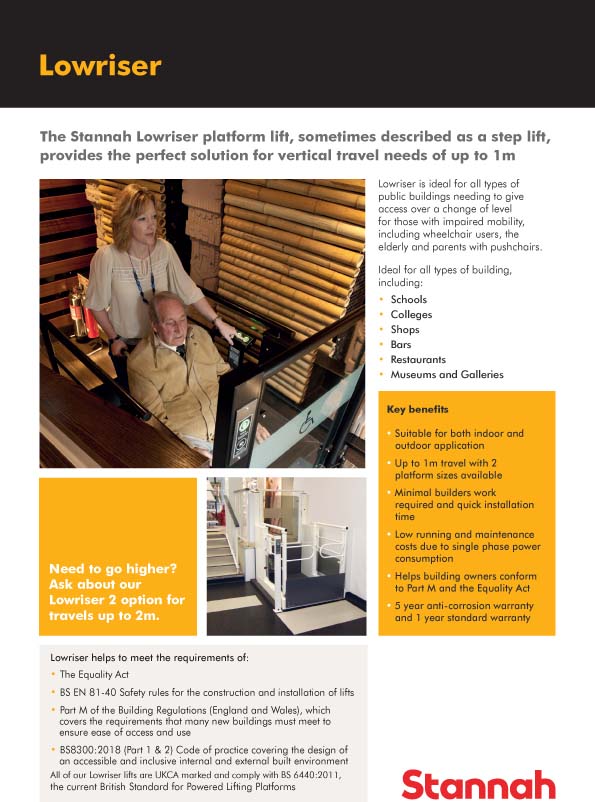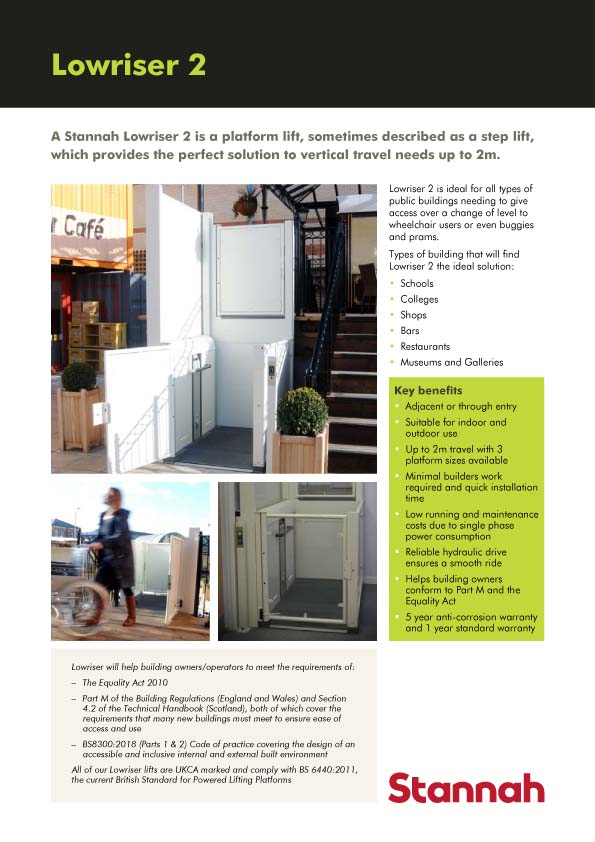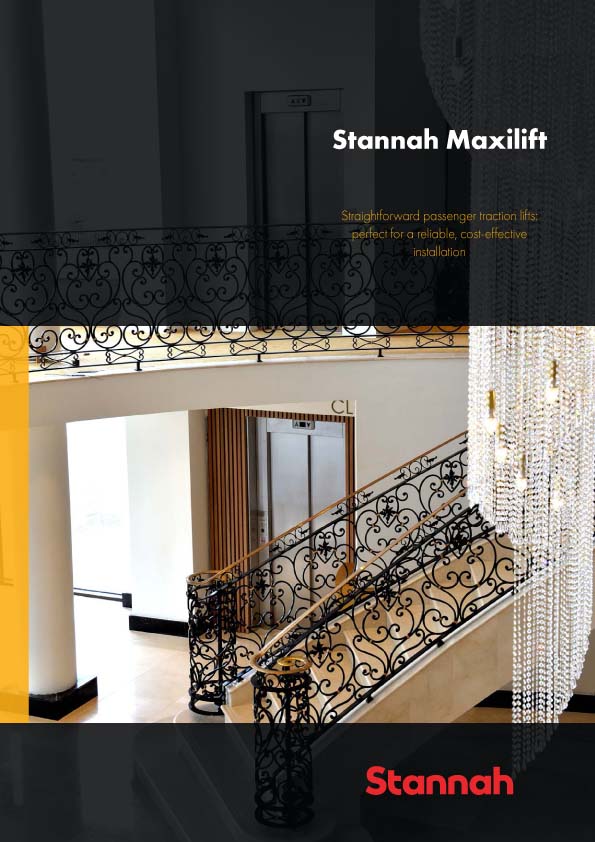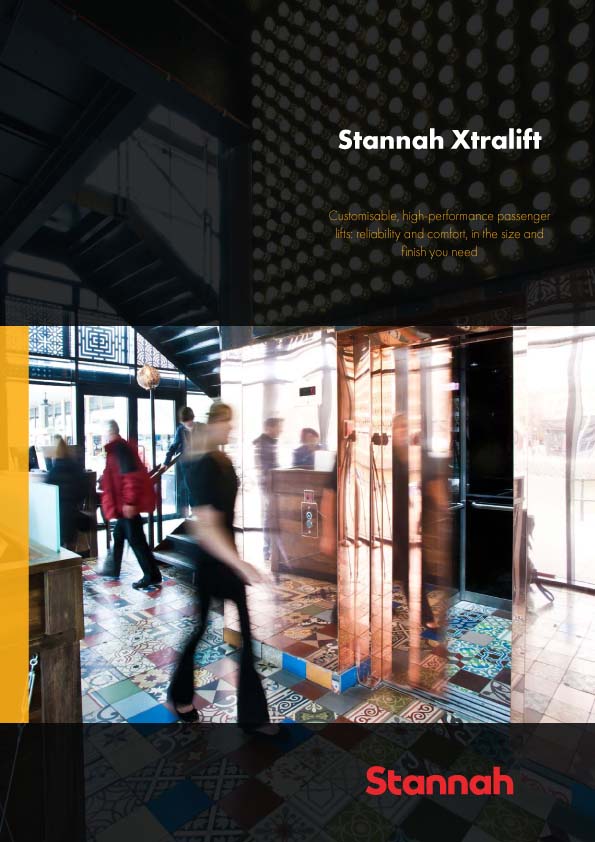Modular or off-site
curtain walling by leading UK manufacturer Kawneer has played a key role in a
building which forms the centrepiece of Imperial College London's new White
City campus.
The bespoke,
twin-skin and triple-glazed ventilated curtain walling, based on Kawneer's
unitised AA®201
system, features on the main south elevation of the Molecular
Sciences Research Hub (MSRH) in the college's first new campus in over a
century.
Designed for
fast-track installation, it has been used alongside a single-skin version of
the AA®201 curtain walling on the north façade and feature AA®720 fixed light
casement windows and AA®720 commercial entrance doors. The AA®720 range is
Kawneer's most thermally efficient.
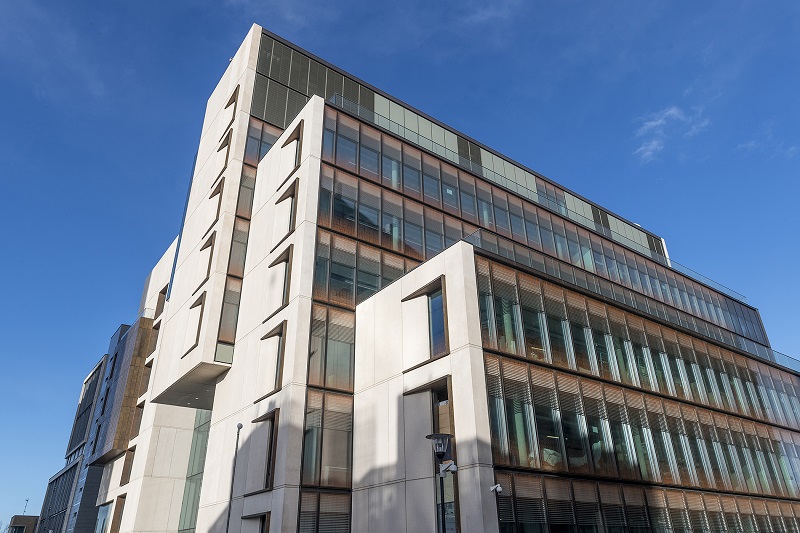
The
26,000m2 landmark building designed by Aukett Swanke was initially delivered as a shell and core
scheme in late 2016, alongside the new Translation and Innovation Hub as part
of the college's second-phase £110m development which followed the architects'
Phase 1 post-graduate student accommodation project.
It provides nine
floors of Department of Chemistry laboratory space and support facilities and
two basement levels which include lecture facilities and an Energy Centre for
the whole site which has become a vibrant urban quarter integrating an academic
programme with office, residential and retail facilities.
The competition
brief focussed on flexibility of the building. Imperial College and its joint
venture development partners Voreda sought an agile ‘chassis' for the building
which could accommodate current uses but which could be easily adaptable for
future change, and avoid the limitations of bespoke characteristics to the
form, floorplates, superstructure, shell and services strategy.
The
college's estates team was also minded to employ pre-fabrication technology
where appropriate and to explore methods to speed construction and avoid
excessive site-based fabrication. The design also had to address several
specific aspects of site context and integration with Aukett Swanke's overall
masterplan for the 7.70-acre, 125,420m2 new campus.
The
brief called for a building of circa 25,000m2 and the design
evolved to three main transitional forms in stepped-in massing which respond to
sensitive, key axial views from the residential areas to the east in North
Kensington.
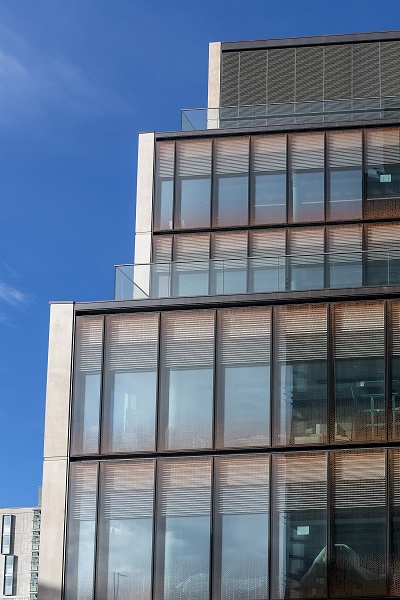
The west and east
facades employ modular panels of reconstituted stone whilst the south facade
maximises daylight penetration into the U-shaped plan form with Kawneer's full
storey-height curtain walling.
The
factory-fabricated twin-skin curtain walling used here technically responds to
the southern orientation and solar path but also provides noise attenuation
from the nearby elevated Westway and the West London railway lines immediately
to the east.
The north elevation
employs Kawneer's more conventional single-skin AA®201 curtain wall. The
nine-storey stepped building form also features a dramatic full-height glazed
atrium which creates an impressive arrival experience.
Design refinements
incorporated into the scheme with the client following the competition stages
include a subtle mix of surface treatments to the precast façade elements and
decorative perforated bronze finish cladding features on the main western approach
façade.
The perforated
panels patterns are mirrored in the dot-matrix manifestation adopted on the
south façade and the Kawneer feature windows which punctuate the main western
façade. These more delicate touches provide a level of detail which contrasts
in human scale with the more stately scale of the overall building. Together
the whole composition creates a dynamic and powerful frontage to the new
Imperial Square at the heart of the campus masterplan.
The design evolved
with flexibility at the core of the concept. Buildings at the college's
existing South Kensington campus had changed use, extended and re-morphed over
their lifetime, some more easily than others. The client was thus eager to
ensure a very high degree of agility in the design so the building was
future-proofed as much as possible to accommodate research functions, write-up
areas, offices and highly-serviced laboratory space.
To meet all of these
potential uses the scheme adopts a 7.5 x 7.5m structural grid and a
conventional 1.5m planning grid. Although laboratory uses would perhaps adopt a
7.2m module the slight increase to 7.5m was adopted to meet the overall
objectives of the brief.
Factors determining
the storey heights of the building focused on flexibility for laboratory use
and office/academic research/teaching space, the town planning constraints and
the optimum height for precast modular cladding. Flexibility to accommodate laboratory
uses was the most exacting factor and resulted in a final storey height of 4m
on most upper levels, with flat slab construction.
The
Energy Centre is capable of servicing not only this building but also is
planned to provide energy requirements for over 50% of the buildings in the
overall masterplan of 125,420m2. This approach was
incorporated into the masterplan to allow the college to meet its carbon
emissions reductions of 20% by 2020.
Initially the
superstructure was conceived as in-situ concrete with flat slab, again to
easily accommodate laboratory uses and more conventional research and office
space.
Working closely with
the contractor, and after visits to its pre-fabrication plant in Worksop,
Nottinghamshire, the scheme was proved flexible enough to adapt, adopting
precast sub-structure and super-structure construction as well as the modular
reconstituted precast fabrication of the storey height east and west façade
treatment. This decision underscored the flexibility of the design and also
proved beneficial in reducing the overall construction programme.
At a later point in
the design development the college's accommodation strategy led to the building
being refined specifically for Molecular Research as part of the Department of
Chemistry. Again the design of the ‘chassis and bodywork' proved to be extremely
flexible, incorporating high use of fume cupboards for extensive laboratory
use.
Plant room
provisions were also refined to allow for more intensive servicing and
ventilation, all within the envelope of the consented shell and core.









